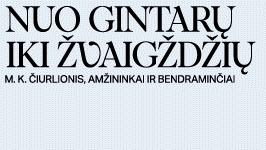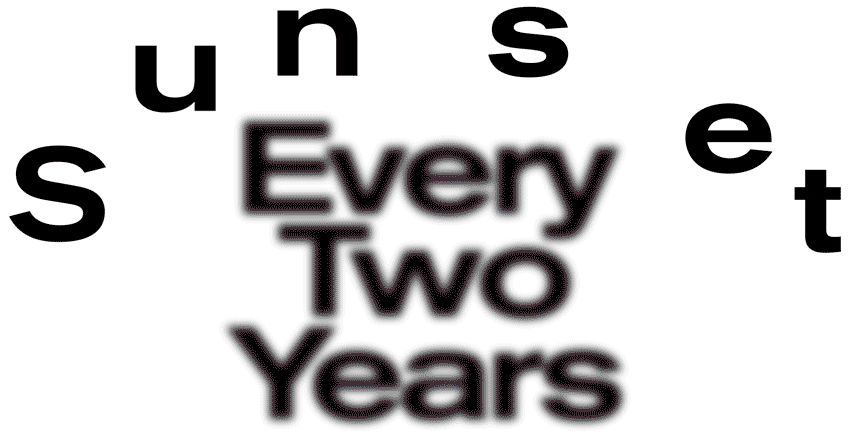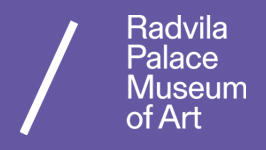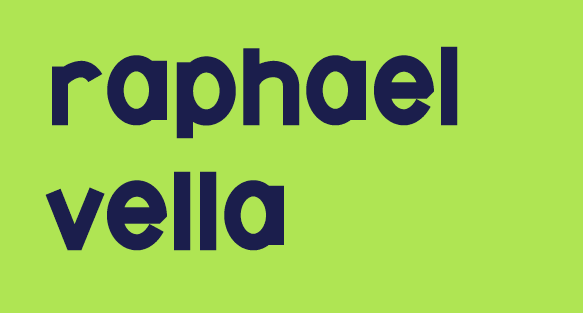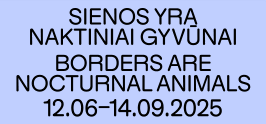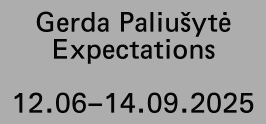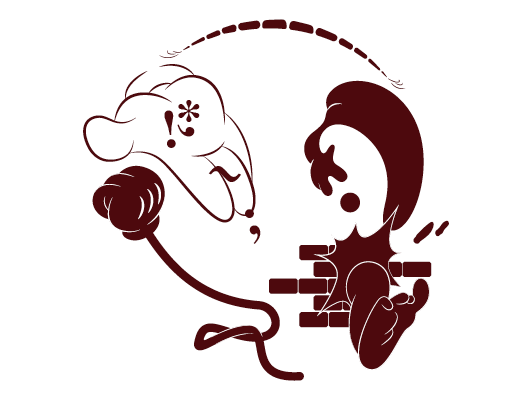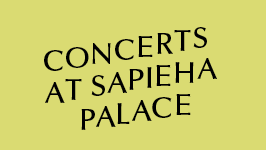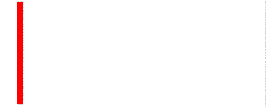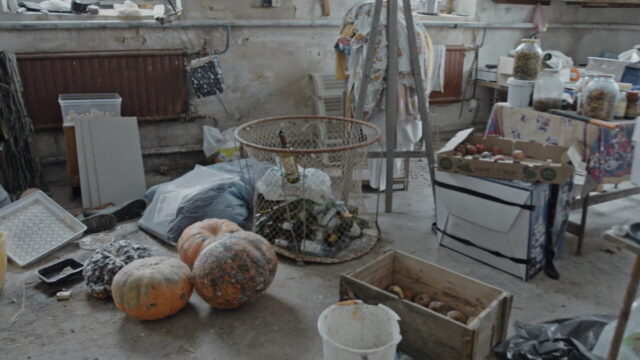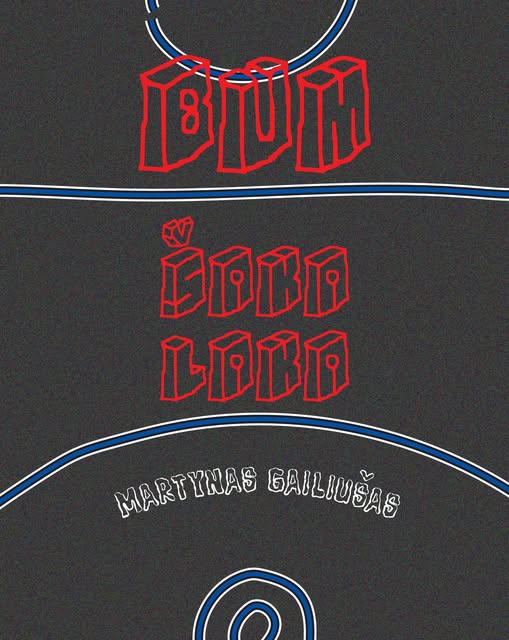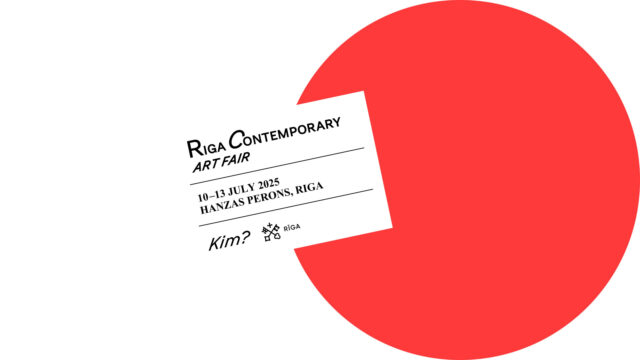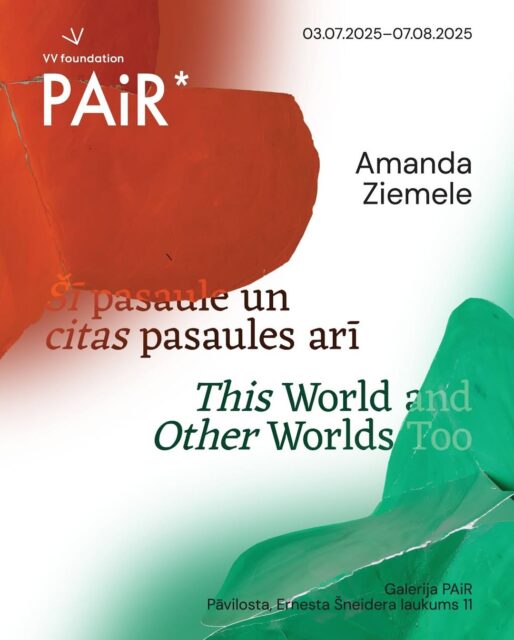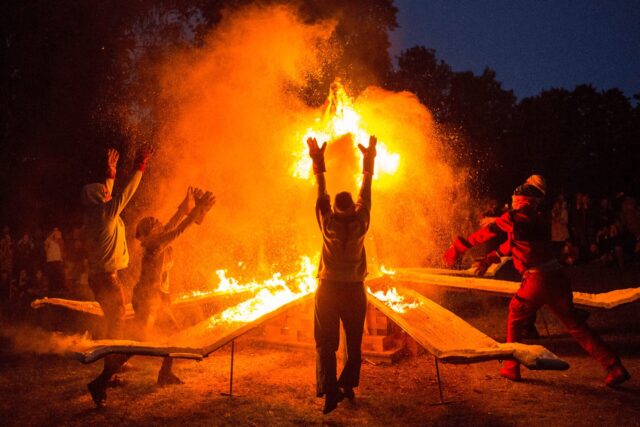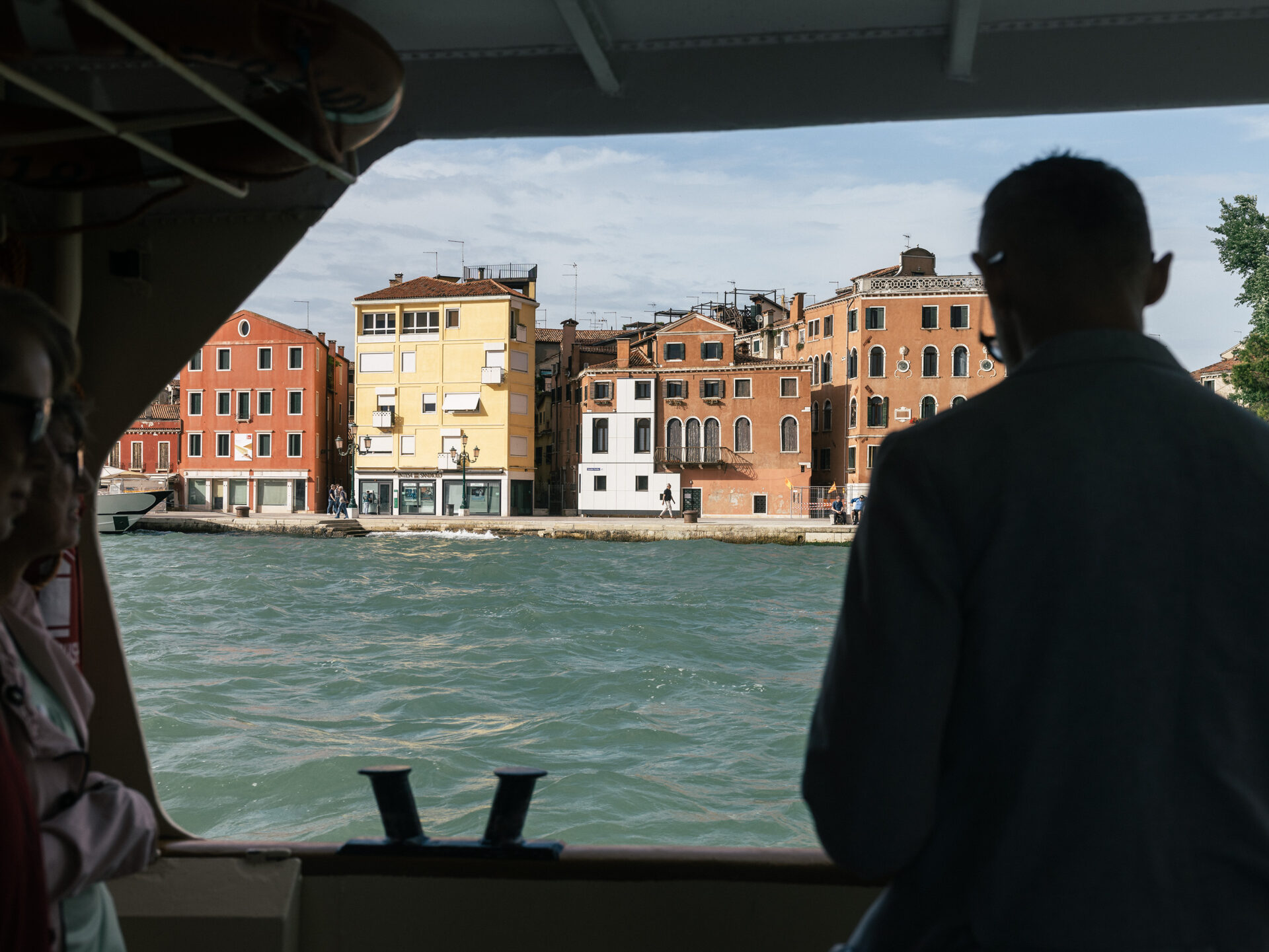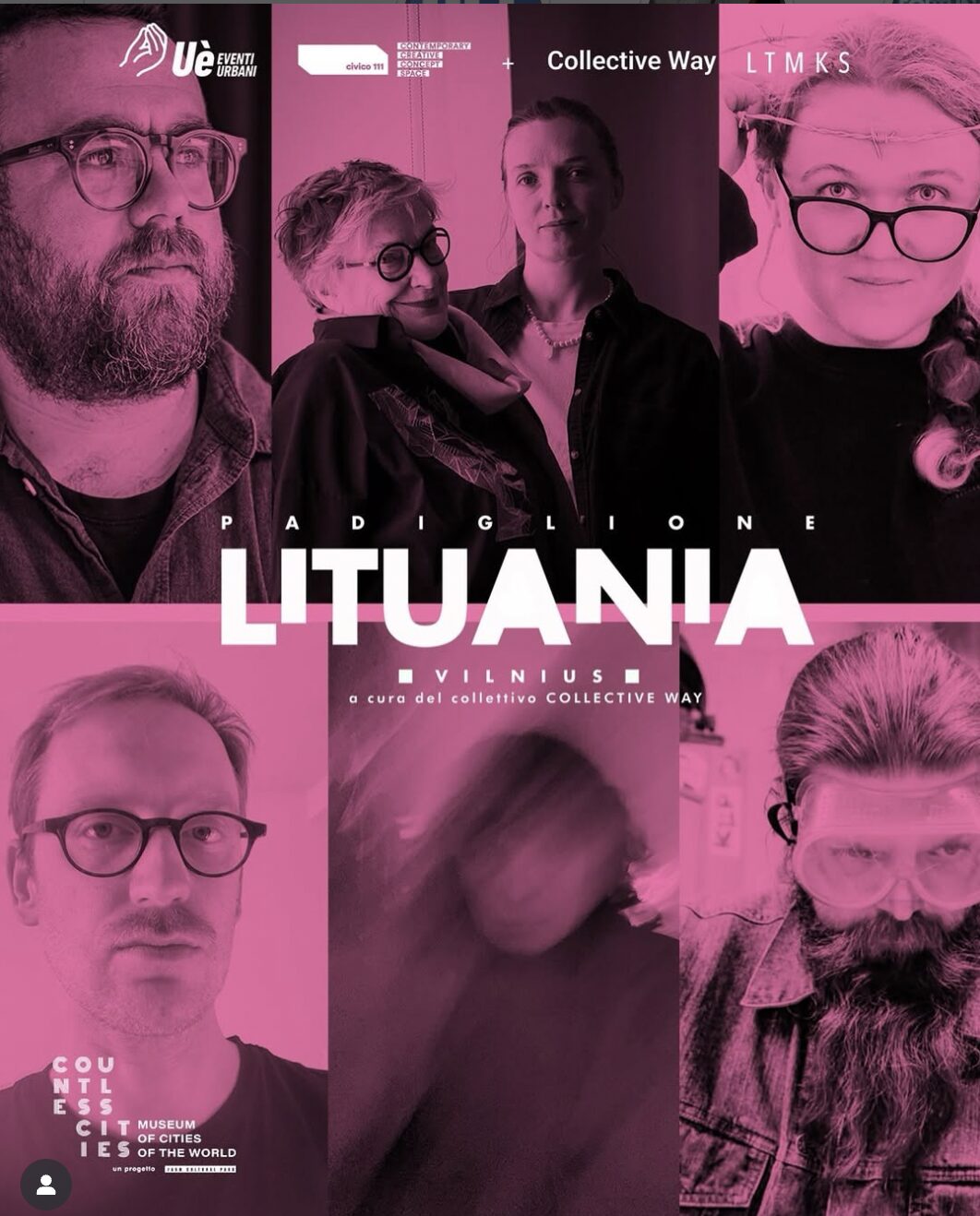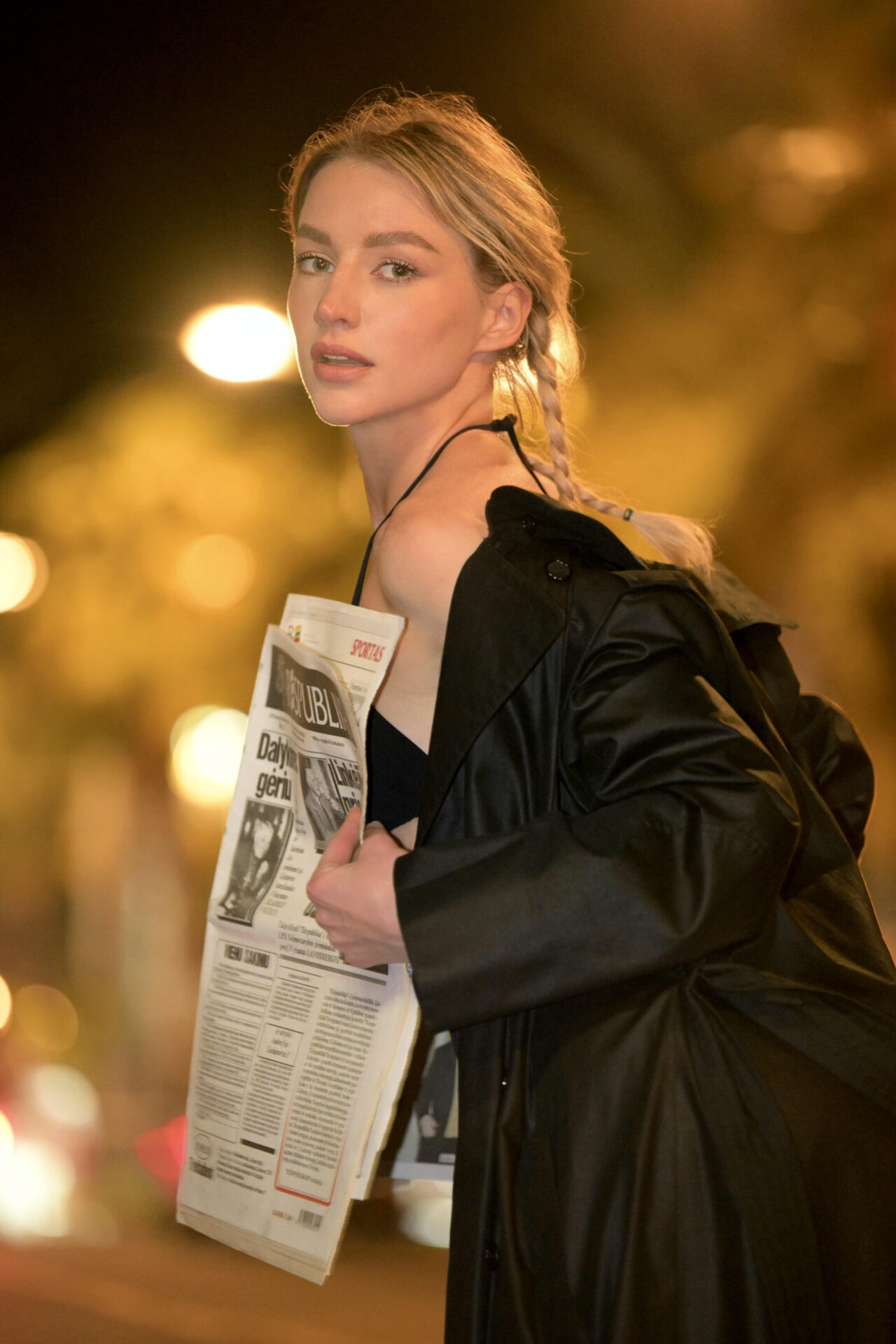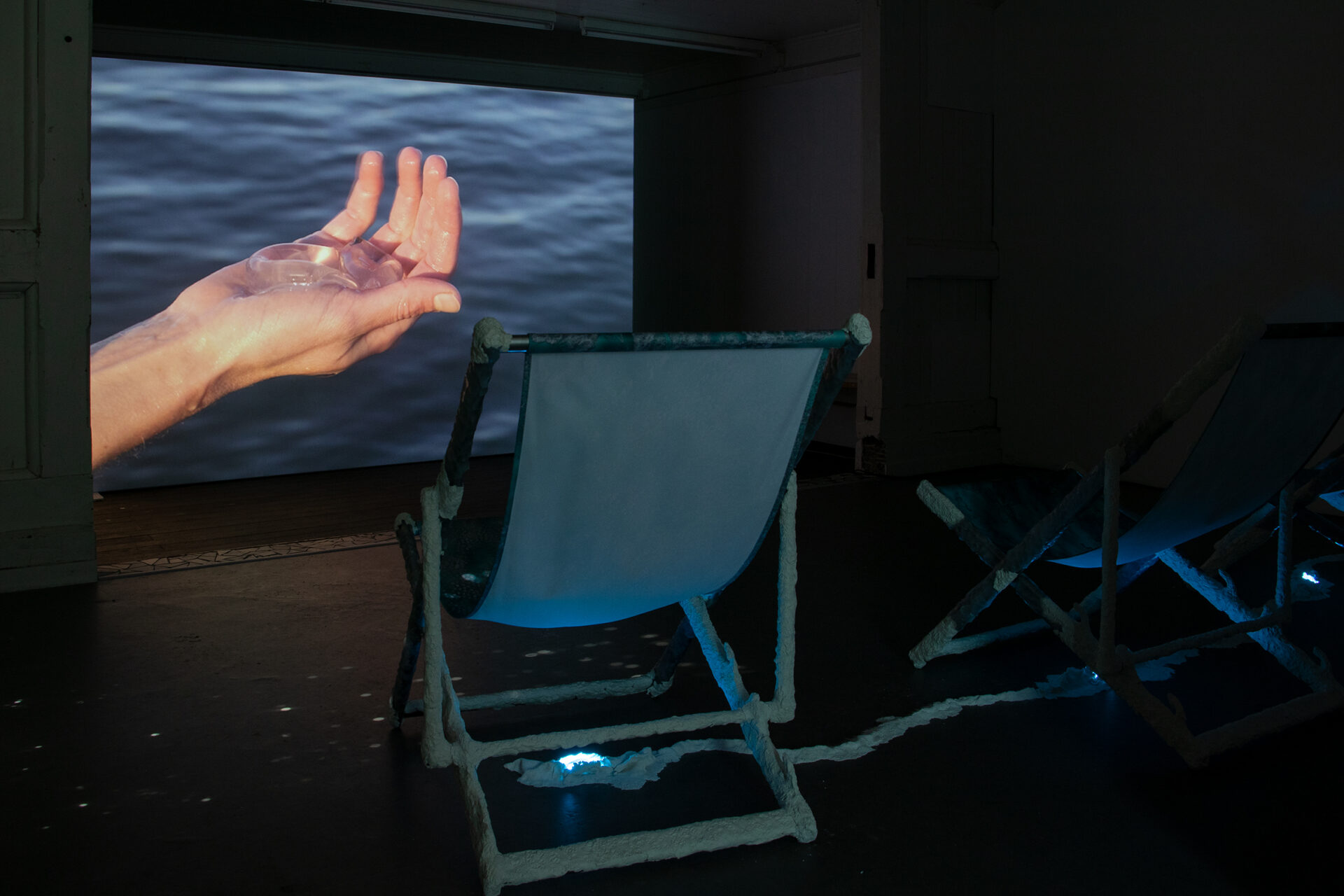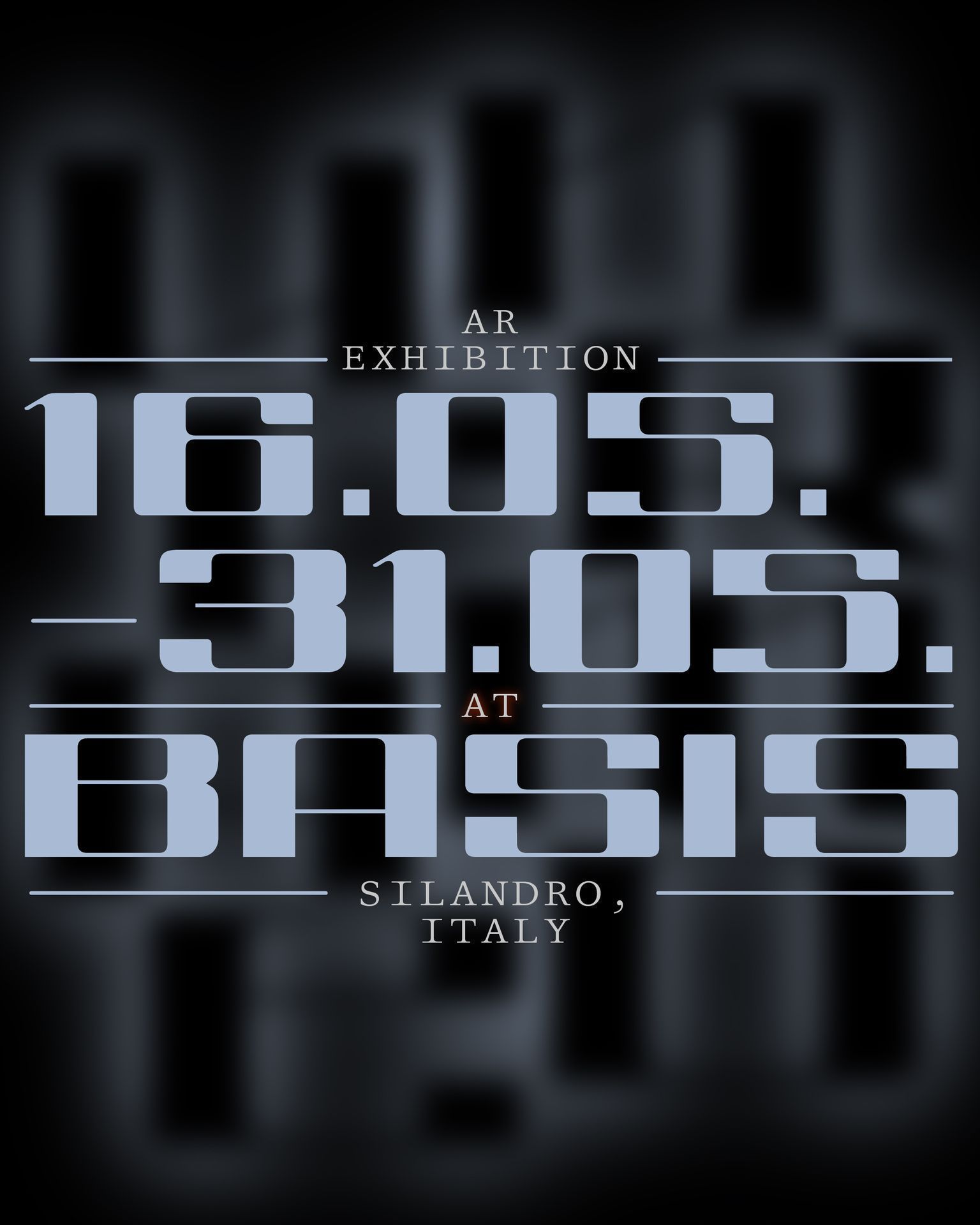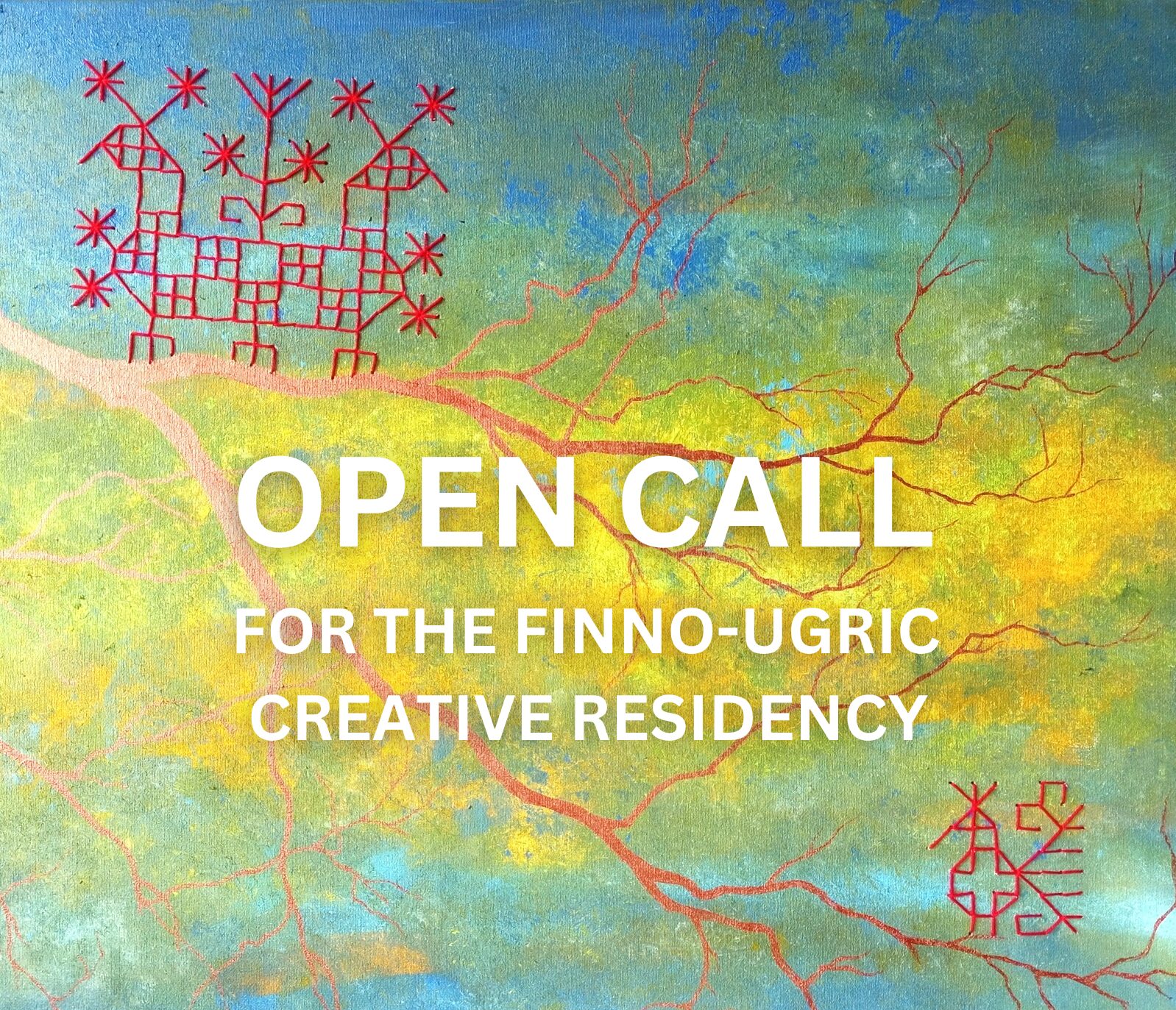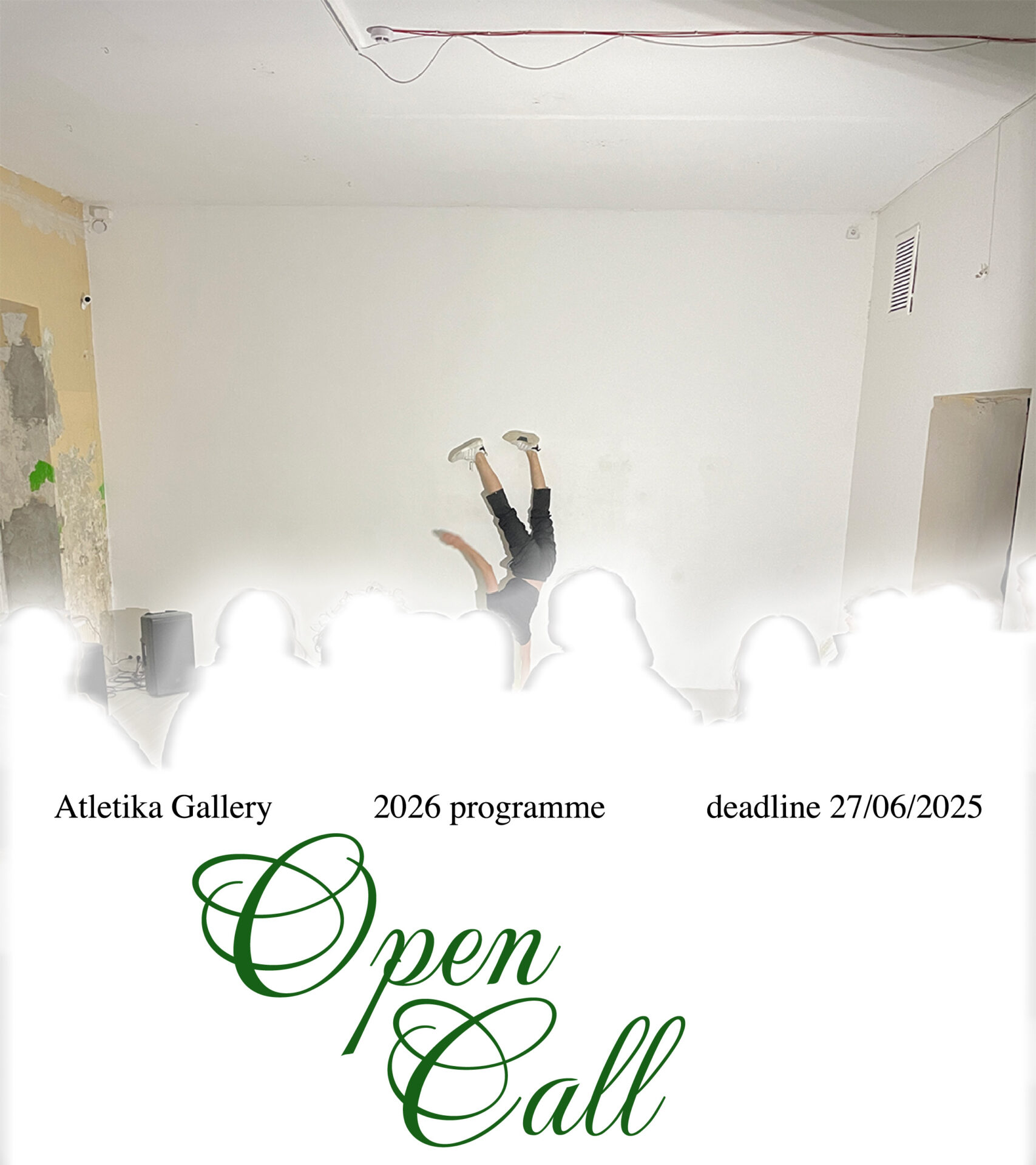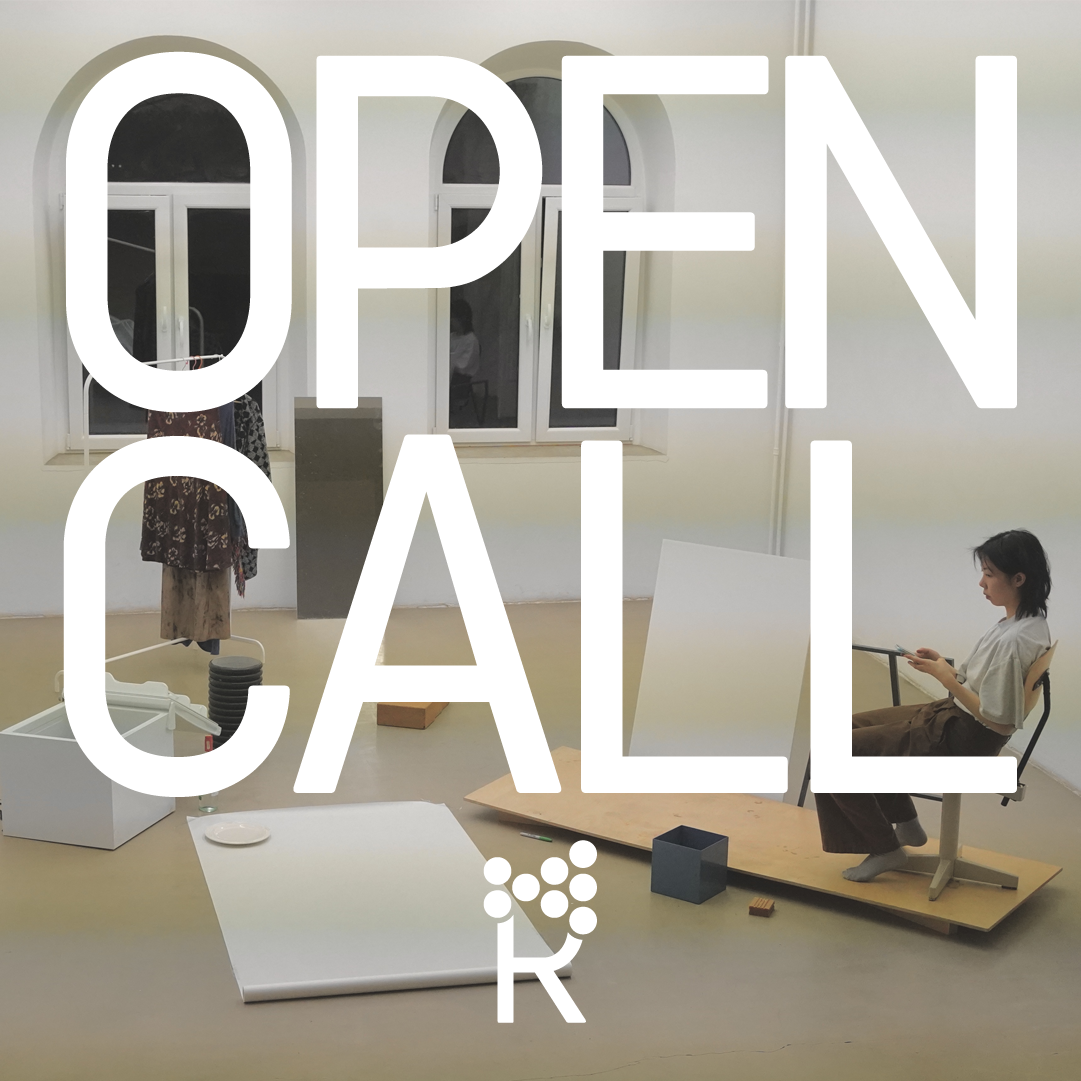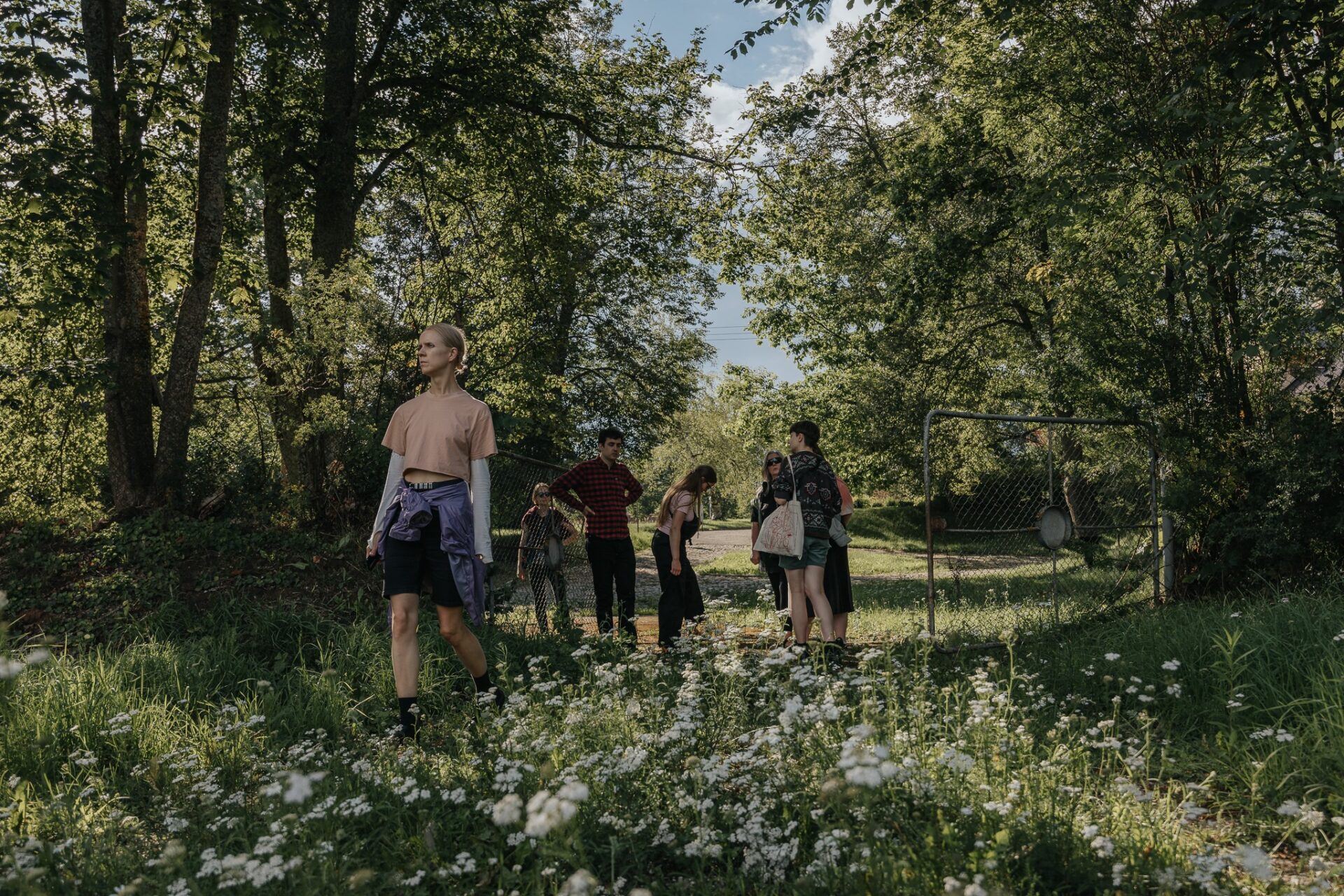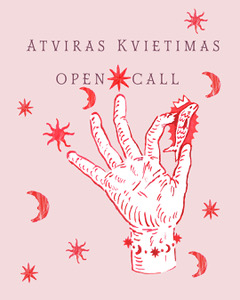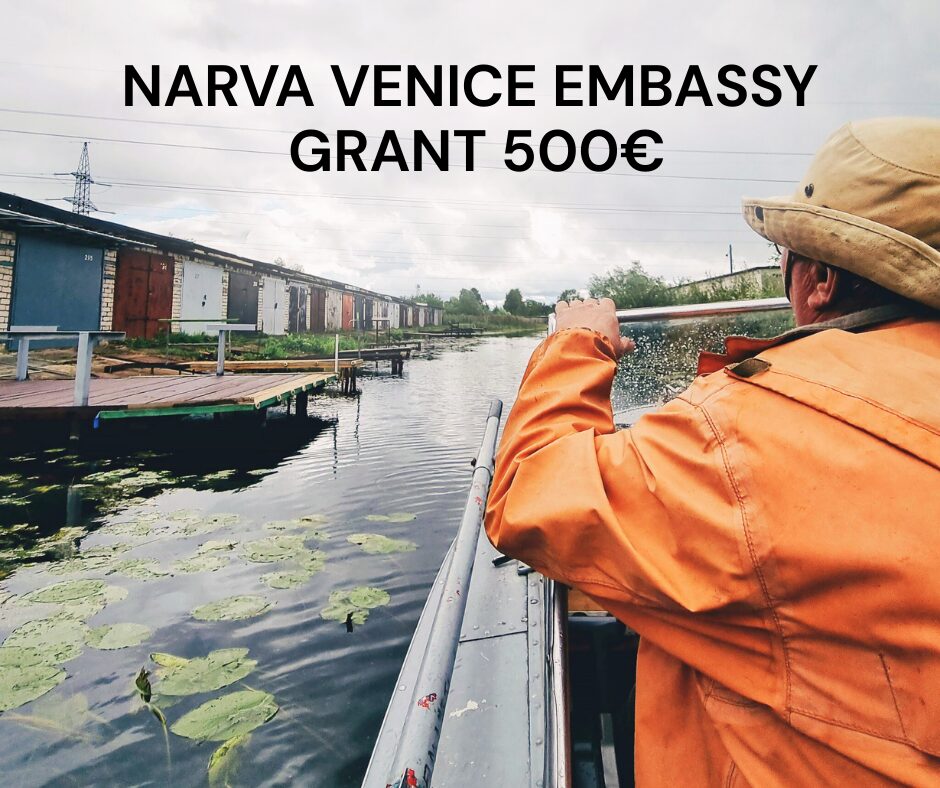On 11 April, the exhibition Down the Rabbit Hole opened in the MO Museum’s small hall, reflecting on various manifestations of spirituality in society and art. The exhibition curators (Roots to Routes: Justė Kostikovaitė, Maija Rudovska, Merilin Talumaa) delve into manifestations of neo-paganism, conspiracy theories and conspirituality, which, according to them, share a common axis with certain forms of esotericism. The ideas, symbols and meanings of esotericism permeate not only contemporary pop culture, but fine art too. So the exhibition is a guide to the alternative worlds, introducing forms of this phenomenon in contemporary art. The artists presented from the Baltic countries explore directly or indirectly transcendent experiences, invisible phenomena, and their commercial aspect in the context of contemporary consumerism.
To many people esotericism relates to mysterious, irrational and secretive phenomena, and eccentric or theatrical practices.[1] However, researchers are hesitant, and even avoid providing a universal definition, suggesting that esotericism should be understood as a global phenomenon, manifesting in various forms in different nations and parts of the world, paradoxical in nature, and dating back to antiquity. It is a form of spiritual relationship with reality, which is realised not only in traditions, practices and texts, but also in works of art.

Down the Rabbit Hole, exhibition view, MO Museum, 2024. Photo: Laurynas Skeisgiela

Down the Rabbit Hole, exhibition view, MO Museum, 2024. Photo: Laurynas Skeisgiela
Within the structures of the rough, labyrinthine architecture, the first thing to catch the eye is Laura Põld’s installation Two in the Mirror (2023-2024), consisting of three ceramic sculptures, and resembling the set-up of a secret ritual event. A mystical being, caressed by greedy truth-seeking hands, and a branch of wild blackberries, are influenced by a somewhat deformed, myth-woven mirror, which intervenes between the two, and is often seen as a gate between this world and the afterlife. The tensions of the three figures are absorbed by the hand-tufted carpet which lies under them, where the transformations foretold by the performed ritual are revealed. Next to Laura Põld’s installation, Viktorija Daniliauskaitė’s artwork Before Dawn III (2011-2018), composed of pebbles of different shapes and sizes carefully sewn on to grey fabric, shares a similar aesthetic of indecipherable spells and rituals. In the somewhat deeper recesses of the labyrinth, we find her other works, filled with an even more intense change and movement of earthly artefacts (stones, branches or wood), like hierophanies of old Lithuanian culture. Placed in different parts of the exhibition, the works of Vita Zaman, Līga Spunde, Aistė Ramūnaitė and Nijolė Valadkevičiūtė resonate in harmony, and open up a wide spectrum of visions of angels and demons. Vita Zaman creates imaginary worlds in her embroidered canvases, thickets of flowers inhabited by anthropomorphic creatures that resemble Jungian archetypes, often repeated in the patterns of our thoughts and behaviour. Meanwhile, Aistė Ramūnaitė’s linocuts contain a kind of subliminal noise, an abundance and change of creatures, glowing Machiavellian smiles and eyes, and echo Nijolė Valadkevičiūtė’s psychedelic aesthetics in her silkscreen prints and paintings, which submerge in a world of visions and hallucinations.

Down the Rabbit Hole, exhibition view, MO Museum, 2024. Photo: Laurynas Skeisgiela
The commercial and conspiratorial aspect of esotericism in the exhibition is shown by the artists Anastasia Sosunova, Darja Popolitova, Katrīna Neiburga and Gertrūda Gilytė. As the philosopher Alfredas Buiko argues, conspiracy theories and esoteric movements have a similar structure, but their values and aspirations differ radically. Both are characterised by a pronounced opposition between ordinary knowledge, understood by everyone, and the deep knowledge of a true perception of the world. Esotericists, however, are concerned primarily with changing the person, and the secrecy of this knowledge is seen as a good thing. Conspiracy theorists, on the other hand, want to change the world, to spread their knowledge as widely as possible, and it is the secrecy of this knowledge that is perceived as evil.[2] For example, in Anastasia Sosunova’s installation DIY (2023), constructed of metal rods and curved panels covered with plastic film and wrapped with wires, the hanging screens depict the futile journey of two girls to enlightenment through the Kesko Senukai chain of shops, which was founded by the entrepreneur and self-proclaimed spiritual sage Augustinas Rakauskas. Meanwhile, the architectural wall covered with Gertrūda Gilytė’s knits and video work reflects the eeriness of Instagram ‘self-love’ teachings and trends.

Down the Rabbit Hole, exhibition view, MO Museum, 2024. Photo: Laurynas Skeisgiela

Down the Rabbit Hole, exhibition view, MO Museum, 2024. Photo: Laurynas Skeisgiela
Although esoteric practices are shrouded in a thick veil of criticism, opening it up shows alternative worlds, which combine into constellations of new meanings. Avoiding making a ‘black and white’ judgment, it is worth mentioning that ‘metaphorical, symbolic thinking is just as important and absurdist, effective or false as any other kind of thinking.’[3] It also introduces us to not yet experienced areas of reality. In one of her interviews,[4] the famous American poet Ariana Reines, when asked about the emergence of esoteric thought in her practice, said that at the beginning it was a way to feel less lonely during art residencies and when travelling to poetry readings. For her, astrology here does not refer to its superficial variant, but one that combines the Gnosis, the tarot card reader and the interlocutor, responding to the desire to feel more connected to others, to the planet on which we live, to the corner of the Universe that we occupy, and to the things in the beyond.

Down the Rabbit Hole, exhibition view, MO Museum, 2024. Photo: Laurynas Skeisgiela
The exhibition Down the Rabbit Hole joins two phenomena in contemporary society, which at first glance may seem similar but are essentially different, and this gaping difference in meaning is reflected in the selection of the works. In some works, the level of transcendence is clarified, in others social critique dominates. So the question arises: does the formation of these different poles in the exhibition become yet another tangle of meaning, leading down an even deeper rabbit hole?

Down the Rabbit Hole, exhibition view, MO Museum, 2024. Photo: Laurynas Skeisgiela
[1] In this context, it is important to distinguish Western esotericism from phenomena such as Hermeticism, Gnosticism, Neoplatonic theurgy, occult philosophy, alchemy, Paracelsianism, Rosicrucianism, Christian Kabbalah, Theosophical and Illuminist, occultist and New Age movements, from the phenomenon of contemporary commercial mass pop-culture.
[2] Alfredas Buiko, ‘Už uždarų durų: ezoterizmo ir okultizmo įvaizdžiai sąmokslo teorijose’, Ezoterizmo fenomenas: tarp Rytų ir Vakarų, Vilnius: Vilnius University Press, 2023, p. 311.
[3] Gintautas Mažeikis, ‘Okultizmas ir viltis kritinės teorijos požiūriu’, Ezoterizmo fenomenas: tarp Rytų ir Vakarų, Vilnius: Vilnius University Press, 2023, p. 291.
[4] https://www.thewhitereview.org/feature/interview-ariana-reines/

Down the Rabbit Hole, exhibition view, MO Museum, 2024. Photo: Laurynas Skeisgiela

Down the Rabbit Hole, exhibition view, MO Museum, 2024. Photo: Laurynas Skeisgiela


Down the Rabbit Hole, exhibition view, MO Museum, 2024. Photo: Laurynas Skeisgiela

Down the Rabbit Hole, exhibition view, MO Museum, 2024. Photo: Laurynas Skeisgiela

Down the Rabbit Hole, exhibition view, MO Museum, 2024. Photo: Laurynas Skeisgiela

Down the Rabbit Hole, exhibition view, MO Museum, 2024. Photo: Laurynas Skeisgiela

Down the Rabbit Hole, exhibition view, MO Museum, 2024. Photo: Laurynas Skeisgiela

Down the Rabbit Hole, exhibition view, MO Museum, 2024. Photo: Laurynas Skeisgiela

